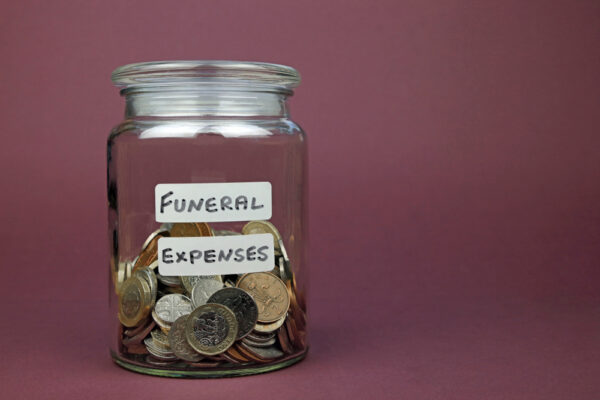
A Financial Checklist for Building a Low-Risk Portfolio
Building a secure retirement portfolio can be broken down into a series of manageable steps. Use this checklist as a guide to get organized and take action.
First, calculate your essential living expenses. Add up your monthly costs for housing, food, utilities, healthcare, and transportation to understand the bare minimum income you need to generate from your portfolio. This number is your foundation.
Second, review all your current income sources. This includes Social Security, pensions, and any part-time work. Subtract this guaranteed income from your essential expenses to determine how much your investments need to provide each month. For official information on Social Security and Medicare, visit SSA.gov and Medicare.gov.
Third, assess your current asset allocation. Look at your existing 401(k)s, IRAs, and brokerage accounts. What percentage is in stocks, bonds, and cash? Does this allocation align with your need for safety and income, or is it too aggressive for your stage of life?
Fourth, choose a low-risk strategy that feels right for you. Whether it is the bucket approach, a bond ladder, or a portfolio of conservative funds, select a plan that you understand and can stick with. This is your roadmap.
Fifth, implement your plan. This may involve selling some riskier assets and buying more conservative ones. Do not feel pressured to do it all at once. You can make changes gradually over a few months to avoid trying to time the market.
Finally, set a schedule to review your portfolio. Once or twice a year, sit down to re-evaluate your plan. Check if your buckets need refilling or if your bond ladder needs updating. A portfolio is not a “set it and forget it” tool, but a living plan that needs occasional, thoughtful maintenance.
Disclaimer: This article is for informational purposes and is not a substitute for professional financial or tax advice. Consult with a certified financial planner or tax professional for guidance on your specific situation.
• • •


















